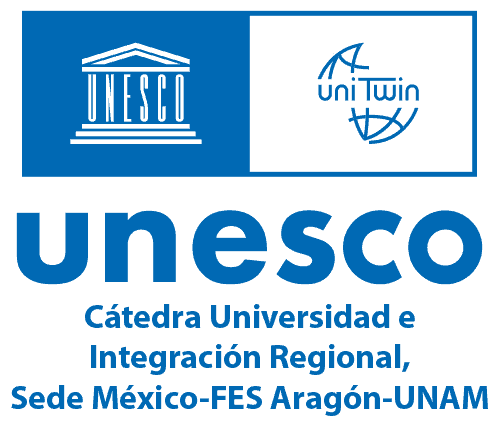Art and Cyberculture
The Imperfect Symbiosis?
DOI:
https://doi.org/10.23882/cdig.240997Keywords:
Cyberculture, art, postmodernity, artificial intelligenceAbstract
Postmodernity came to break with the Enlightenment ideals, leading to the total bankruptcy of the concepts of the past considered certain and true. The construction of reality began to be expressed through screens where artistic production found new bases through what Lévy called cyberculture. By discussing these concepts, which are interconnected through new digital expressions, we intend to understand to what extent cyberculture can constitute a basis for artistic expression without breaking with the anthropological ideals that still define contemporary times.
References
Chatterjee, A. (2022). Art in an age of artificial intelligence. Frontiers. https://doi.org/10.3389/fpsyg.2022.1024449
Cheng, M. (2022). The Creativity of Artificial Intelligence in Art. Proceedings of The 2021 Summit of the International Society for the Study of Information. https://doi.org/10.3390/proceedings2022081110
Fogliano, F., & Leote, R. (2023). Artificial Intelligence as a support for Artistic Creation. In ARTECH '23: Proceedings of the 11th International Conference on Digital and Interactive Arts (pp. 1-9). https://doi.org/10.1145/3632776.3632812
Lemos, A. (2008). Arte eletrônica e cibercultura. Revista FAMECOS, 4(6), 21–31. https://doi.org/10.15448/1980-3729.1997.6.2960
Lévy, P. (1999). Cibercultura. Editora 34.
Lévy, P. (1995). Sur les chemins du virtuel. https://www.volubilis.org/wp-content/uploads/2019/07/LEVY-Pierre-sur-les-chemins-du-virtuel-2.pdf
Li, L. (2023). The Impact of Artificial Intelligence on Higher Art Education. In Proceedings of the 2023 International Conference on Frontiers of Artificial Intelligence and Machine Learning (p. 296). Association for Computing Machinery. https://dl.acm.org/doi/proceedings/10.1145/3616901
Manovich, L. (2013). Software takes command. Bloomsbury Academic.
Medina, E. N., & Farina, M. M. (2021). Inteligência artificial aplicada à criação artística: a emergência do novo artífice. Manuscrítica: Revista De Crítica Genética, 44, 68-81. https://doi.org/10.11606/issn.2596-2477.i44p68-81
Miya, M. (1923). What Is Art? The North American Review, 271(811), 829-833. https://www.jstor.org/stable/25113044
Negroponte, N. (1995). Being Digital. Vintage Books.
Rowe, M. W. (1991). The Definition of `Art. The Philosophical Quarterly, 41(164), 271-286. https://doi.org/10.2307/2220029
Strubell, E.; Ganesh, A.; & A, McCallum. (2019). Energy and Policy Considerations for Deep Learning in NLP. https://arxiv.org/pdf/1906.02243.pdf
Thompson, John B. (1998). Ideology and Modern Culture. Polity Press.
Venancio Júnior, S. J. (2019). Arte e inteligências artificiais: implicações para a criatividade. ARS (São Paulo), 17(35), 183-201. https://doi.org/10.11606/issn.2178-0447.ars.2019.152262
Downloads
Published
How to Cite
Issue
Section
License
Copyright (c) 2024 Paulo Falcão Alves

This work is licensed under a Creative Commons Attribution-NonCommercial 4.0 International License.




